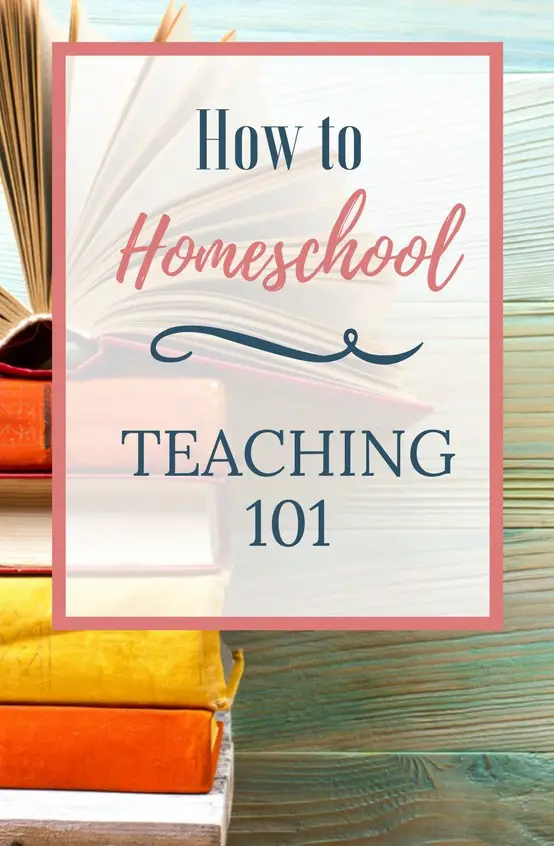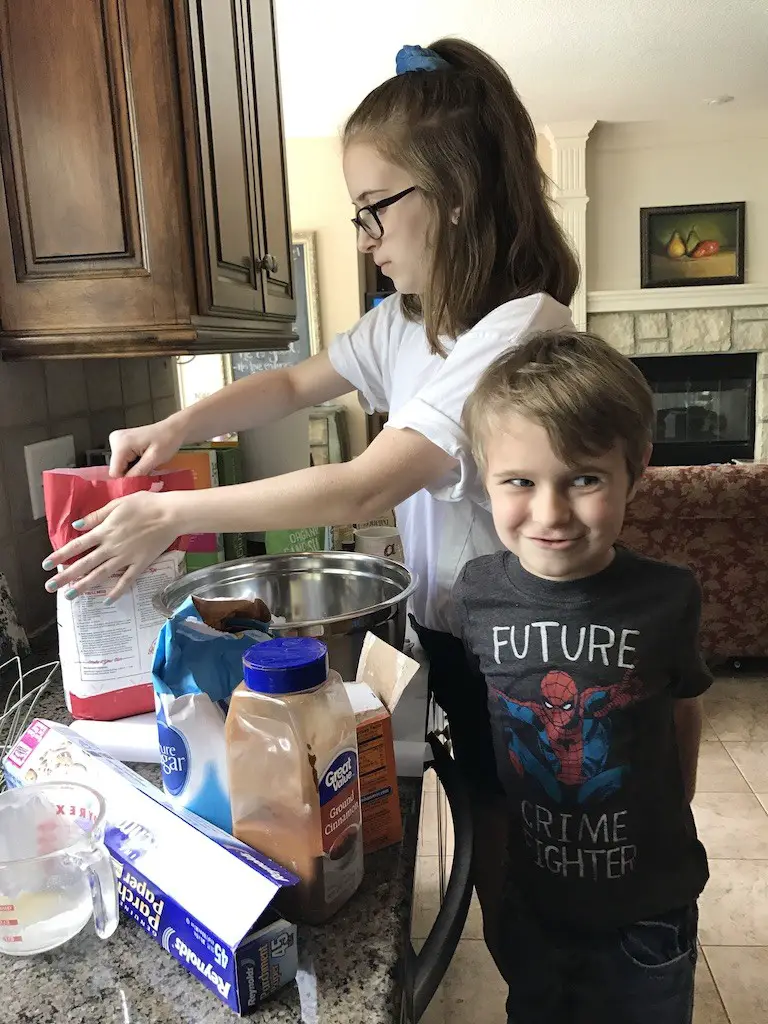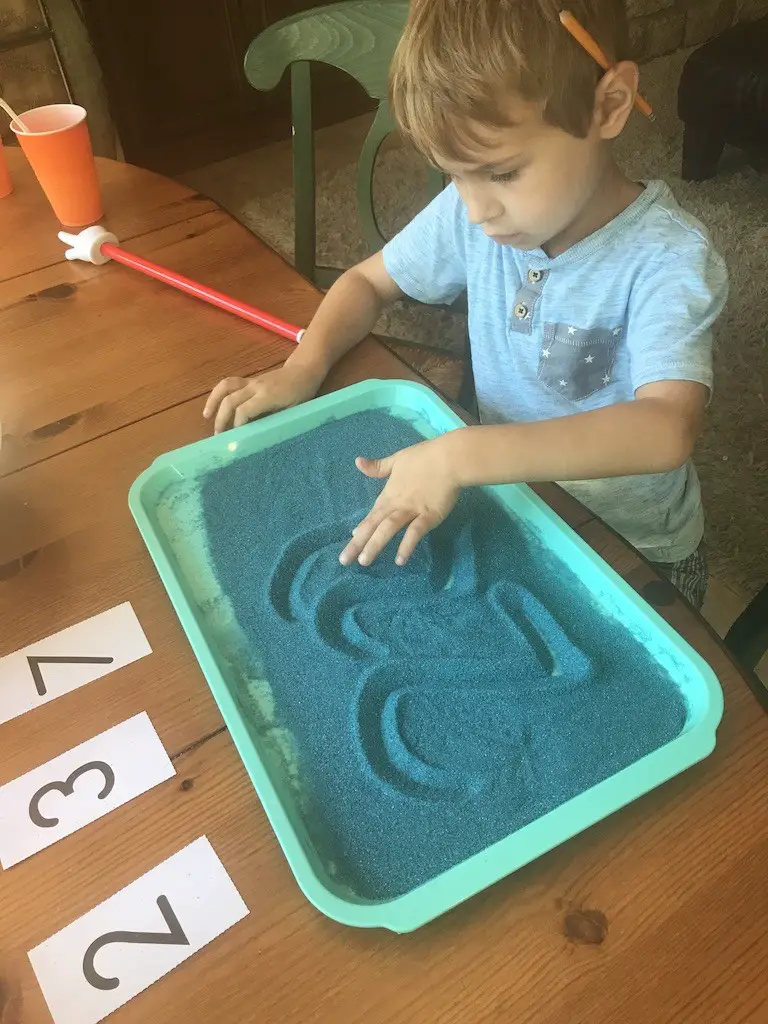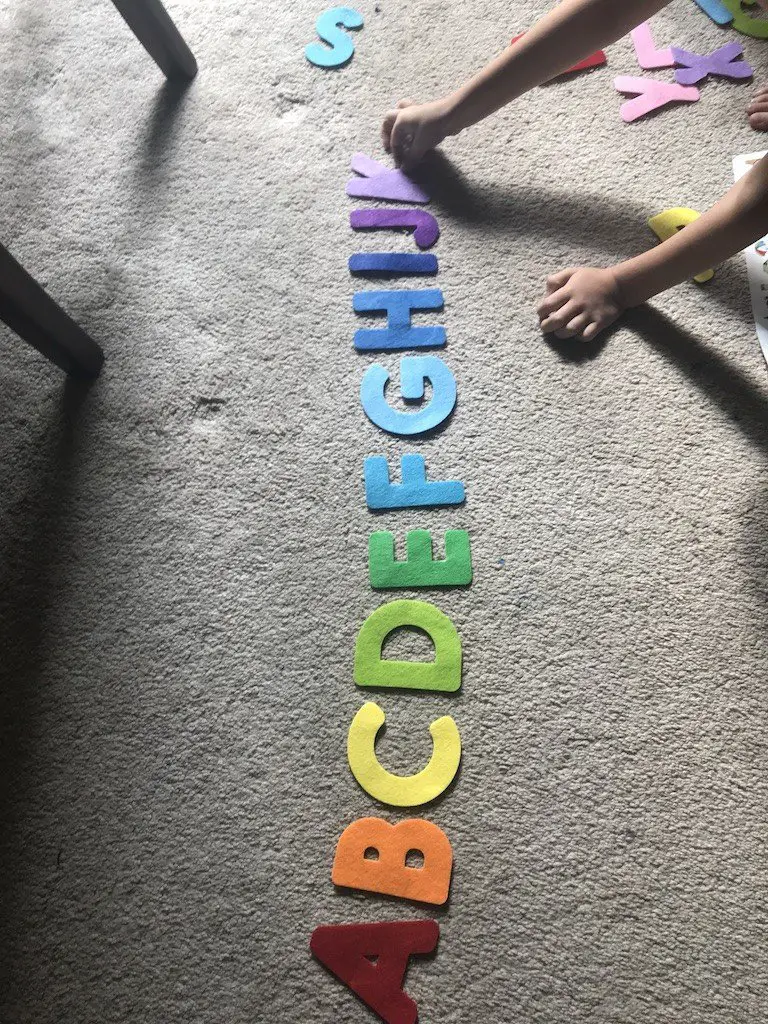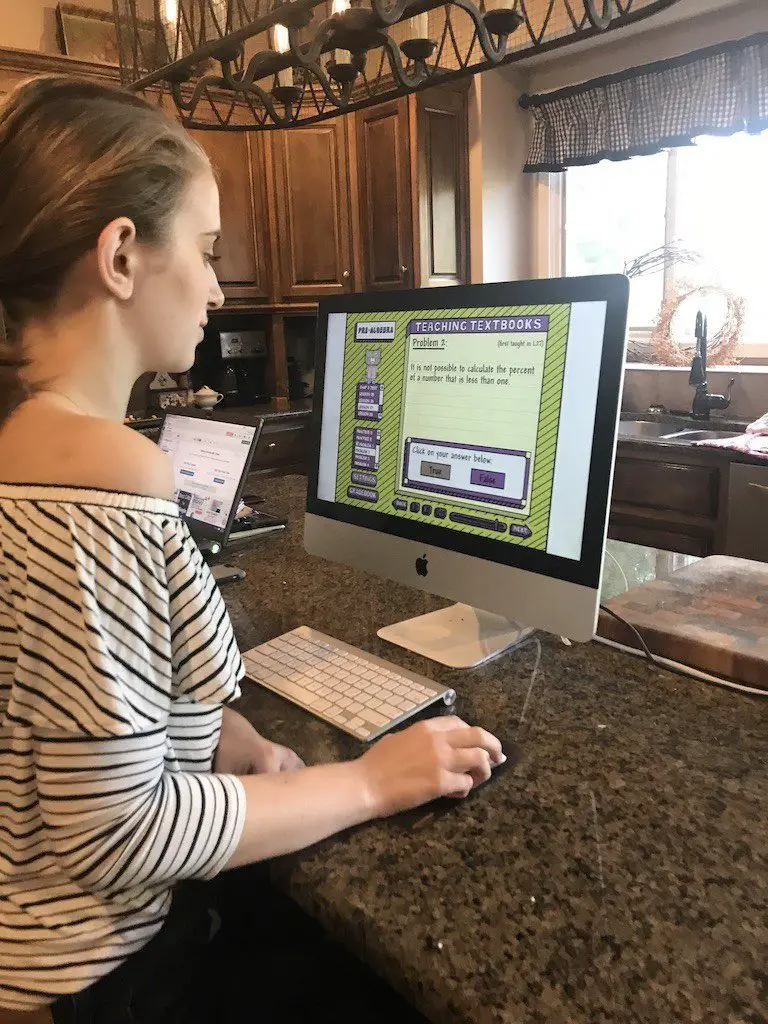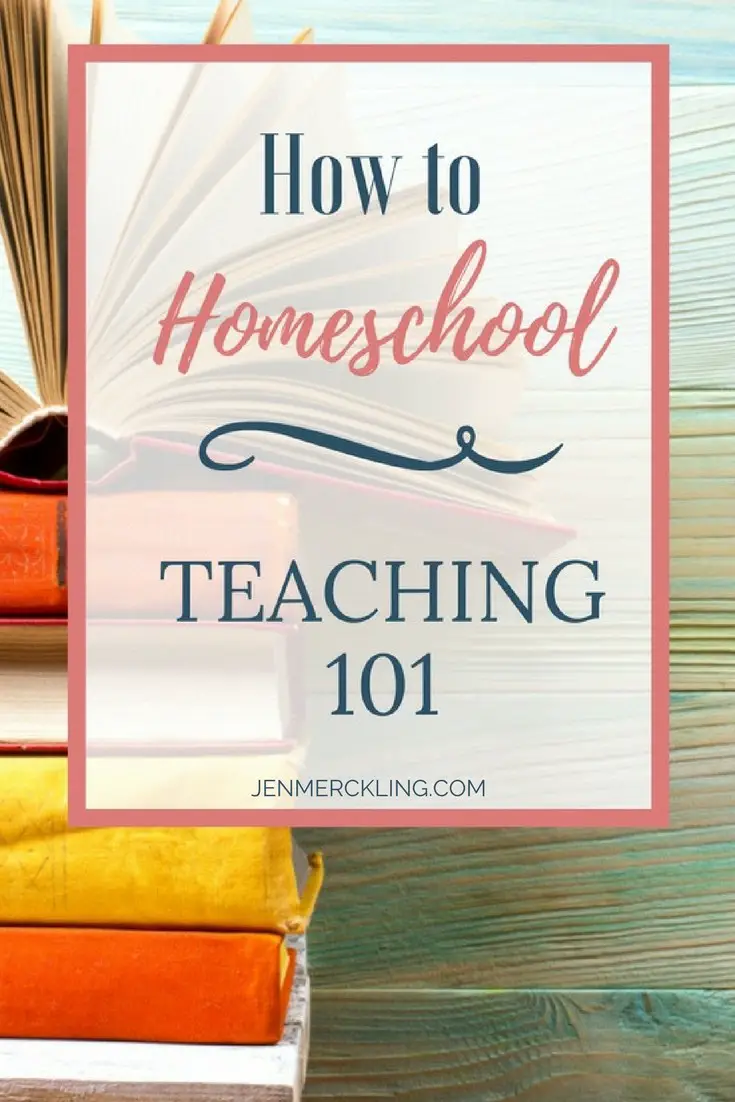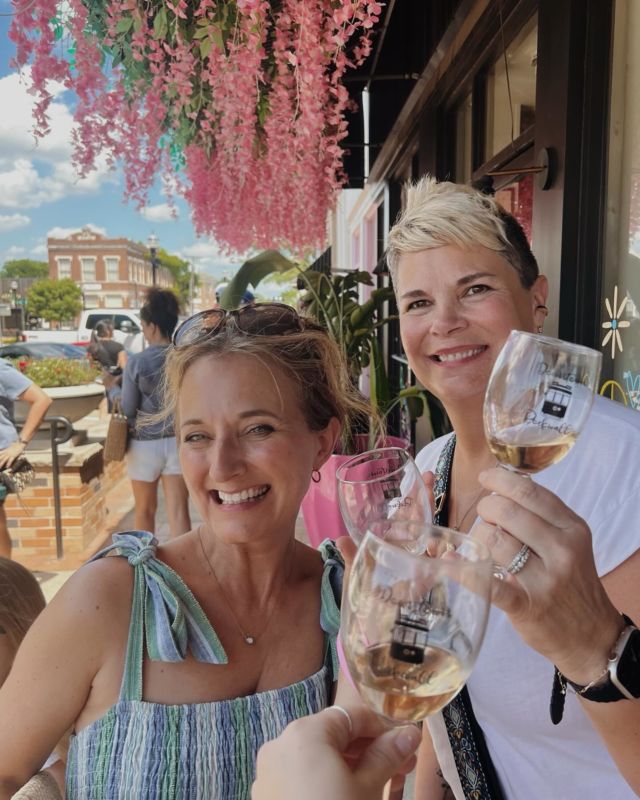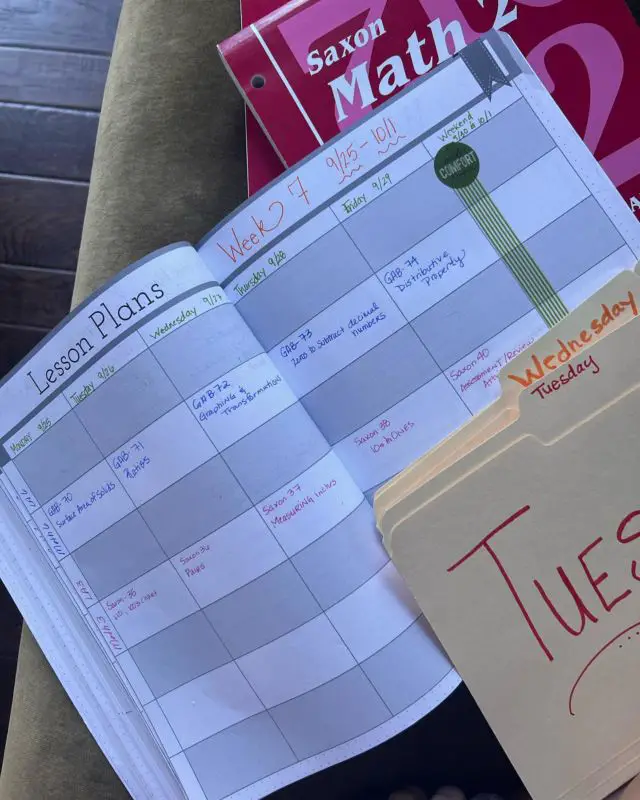So you’ve taken the plunge—you’ve decided to start homeschooling! And I’m so excited for you—it truly has been one of the greatest blessings in my life! When I started 20 years ago—it felt like a huge leap of faith (you can read all about why I got started and still love it—HERE)! But now you may be wondering how to homeschool …
And that is a HUGE question…and we could explore it about 100 different ways.
There are all the technical and legal aspects…(a great place to start is the Homeschool Legal Defense Association—HSLDA).
And of course—the logistics! How should I set up school? Do I need a room? Can we just use the kitchen table? How long does homeschooling take every day? Should we homeschool year-round?
What do I teach? What is the best curriculum? Tell me about, “Unschooling!” And what is the difference between Charlotte Mason and Montessori? Are there good online options?
Do I need to join a group? Will my kids have any friends? What do I tell my family?
Today I want to tackle just a slice of “How to Homeschool,”…How to teach!
Homeschool Confidence
So before homeschooling my own kids—I was a 2nd grade teacher in a public school. And my first point is this…you do not need a teaching degree or teaching experience to homeschool (don’t even think that for a second)! But I do believe my teacher training and classroom time helped me to be confident in my ability to homeschool.
And I want all homeschool moms to feel confident in their ability to homeschool! Some of that comes with time. Just like most new moms feel a little wobbly, and then we all get our footing and figure this parenting thing out (until your little people turn into teenage people…then all bets are off!). The same goes for homeschooling—you’ll be a seasoned veteran before you know it!
Teaching 101
Many of my college classes essentially taught me how to teach…and there was a distinct pattern. So I’m about to give you the blog post version of my 4-Year Elementary Education Degree (what a bargain)! I think you’ll notice much of it is common sense and can be applied to almost any teaching philosophy or curriculum you choose (and to all ages of children). When applied intentionally, these teaching strategies will help your child learn and succeed at home!
Let’s get to it—7 Steps for Teaching Just About Anything!
7 Teaching Steps
1. Know Your Objective
This probably seems obvious—but it’s an important starting point. Your objective guides where the lesson goes—and ultimately the assessment.
And here’s what I mean…Can you remember a time in school when a teacher taught you a lesson (maybe a whole unit), and then when it came time for the test—it was totally different from what you had been learning and practicing in class?
Good teachers know what the objective is, teach the objective, have their students practice the objective, and finally assess the objective! (Stick with me and you’ll see how all this fits together!)
It doesn’t have to be long or complicated…but the objective(s) is the learning goal(s) for any learning activity.
2. Activate Prior Knowledge
This is where we help kids connect what they already know to the new learning objective! Think of it as priming the brain pump!
We do this naturally all the time…
“Remember when we went to the zoo last year and saw the giraffes? Do you remember how they were eating?” This then becomes a spring-board for a conversation about giraffes and their habitats.
OR
“Yesterday, you practiced a pattern with two colors! Let’s try it again!…Awesome, I bet you could make a pattern with three colors today!”
You can be even more intentional about activating prior knowledge…For Example:
- Before starting a new topic, create a list with your child where they brainstorm all the things they already know about the topic (works great with science and history)!
- Do a quick review…What did you learn yesterday about_____?
- Let’s practice a math problem from yesterday! Today we are going to… (add a new step/ change this part/ etc…).
Activating prior knowledge usually happens very quick and naturally in our homes—don’t get too caught up on spending a lot of time here. But it’s an important step and will help your child pull out their mental file cabinet and be ready to add in the new learning!
3. Introduce New Learning—the Lesson
This is the fun part! And as homeschooling moms—we have so much freedom and flexibility in choosing a lesson or activity that best meets the individual needs of our kids and families. How you introduce the new concept will depend on your curriculum and personal preferences.
**So IMPORTANT…Don’t keep the new learning a secret from your child! Let them know what the learning objectives are—it helps keep everyone focused!
And remember—don’t loose sight of your main objectives! If I want my little guy to recognize the letters, I can’t expect a game of tossing the ball and saying the alphabet to do the trick. (But that would be a great activity for activating prior knowledge)!
4. Model
Even though this step is very closely related to and interwoven with Step 3 (Introduce New Learning), I think it might be neglected the most…Sometimes we think our child is “getting it,” and there is no need to model. We just jump right in and expect our child to begin practicing the new skill.
But like most everything we learn…it starts by watching someone else do it first.
This means…
You write the alphabet letter—show and explain how it is done several times before letting your child practice.
Model how to do the math problems—Share your thinking out-loud and solve them yourself.
You play with the pattern blocks and make a pattern first.
Read books aloud.
Trace your finger under the words you are reading, and model sounding out words or other reading strategies.
Write a paragraph.
Create an outline.
Sometimes this step is quick and painless. But sometimes—especially for a more complex new skill…it may take a little time. I do think the time you invest in modeling will save time and energy in the long-run!
5. Guided Practice
So your sweet child has learned the new information or skill; they’ve seen you model the new skill, and now you’re going to practice together!
This might look like writing out a math problem and asking them what to do next—involving them in each step.
It can look like giving your child a paragraph to read and then discussing each step of creating an outline.
You might have them try the new skill, and then you provide immediate feedback—clearing up any confusion or misunderstandings they have.
(If you are teaching your child to read—I have a helpful post that goes over specifics for teaching reading…here’s the link!)
6. Independent Practice
Your child is ready to practice and do the assignment independently! Yay…and the older your kiddos get and the longer you homeschool, the more independent they become! (You can peak at what that looks like for my 8th grade daughter in my middle school post)!
**Make sure your independent practice matches your objective!
7. Assessment
This final step is closely related to independent practice. The difference is probably best illustrated with Math. Your child should have several lessons and opportunities to practice a new skill before taking an official “test,” over the skill.
Assessment looks different for all homeschool families—it can be formal or observational. In the elementary grades, I take more of a mastery approach. I don’t like to move on until my child has mastered a foundational skill. However, I don’t keep formal grades until middle school.
Depending on the subject—assessment may look very formal (like Math) or more open-ended (like History…think projects, summary papers, or outlines).
And so…from here you, “Rinse and Repeat!”
Apply the Steps and Create Your Own Lessons!
If you have purchased curriculum (here’s a post about my 12 top favorite), you may have noticed that many follow the 7 Teaching Steps we just covered! And now you know the secret sauce! You can create lessons and units perfectly tailored to your child and family! Or my personal favorite—MODIFY curriculum and lessons so that they better suit your needs!
You’ve got this! Enjoy the gift of homeschooling!
You May Also Enjoy:
- Choosing a Curriculum: Where Do I Start?
- 3 Books That Will Change the Way You Homeschool (These were game changers for me!)
Sending hugs and prayers of encouragement!
With Love,
Jen xo
